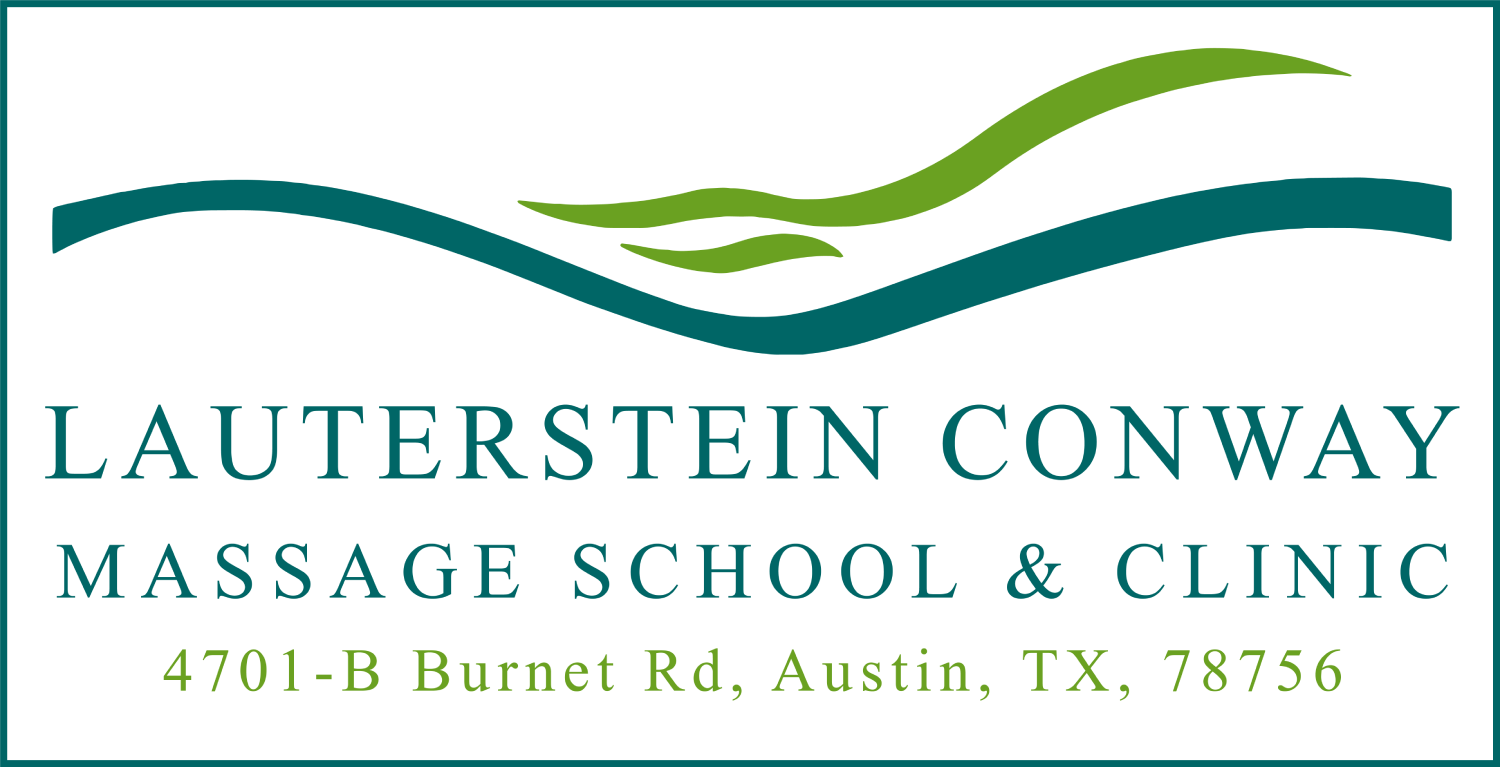Have you ever gotten out a bodywork session with a sense of WOW or surprise – completely transformed and aware of a new feeling?
This is a very specific and meaningful experience. Manual therapy and mental health are deeply linked on a neurological level. Our tendons and muscle (tendons in particular) communicate motor feedback through reflexes to the brain about our posture… and inform the ways we carry out our behaviors!
Our brain also can change feedback to our muscles if it has learned to default to a certain posture.
One of the biggest jobs our brain has is predicting. The way that we learn is through predictions – consistently guessing and evaluating what is going to come in our future and how to appropriately respond. Pavlov called this conditioning, but we now know it as predictive processing.
Our predictions reinforce the way that we learn and form memory. Conditioned behaviors are the result, and inform our motor feedback to the rest of the body – sometimes for the better and sometimes for the worse.
“You are how you feel” – could not be more correct. Our sensations on the inside truly inform our perceptions of who we are on the outside.
Fortunately, we have bodywork – a utilization of tools which can send new feedback to the brain and flood our centers of learning with dopamine – creating new body memories for the greater good of our mental, emotional and physical health and for our sense of self.
This workshop is about learning the magic of somatic reflexes — what ties manual therapy and neuroscience — and how working with our hands can shape these reflexes to carry healthy feedback, which informs our predictive states of the body and, eventually, our behaviors.
My name is Edward Ulm, I am a manual therapy educator and neuroscience student with a passion for bringing applied knowledge to the treatment rooms of our clients. This particular skillset not only transformed my practice as a consistent and effective manual therapist, but also my lens as a trauma-informed professional.
In this course, participants will explore the fundamentals of somatic reflexes, gaining the ability to define and explain these reflexes while identifying and describing major reflexes like the stretch and withdrawal reflex. The foundations of predictive coding/processing will be laid, allowing students to understand the basic principles in the context of sensory perception and the nervous system. The neuroscientific basis of somatic reflexes will be unraveled, exploring the neural pathways and mechanisms at play. This knowledge will be applied to understand and modulate somatic reflexes through the lens of predictive coding principles.
Moreover, participants will deepen their understanding of the anatomy and physiology relevant to somatic reflexes, delving into the musculoskeletal and neurological components involved in somatic reflex arcs. Specific muscles, tendons, and neural pathways related to somatic reflexes will be identified. The course will also explore how the nervous system processes sensory input, particularly touch, and the role of predictive coding in shaping perceptions of touch and sensation.
Hands-on techniques will be a crucial component, allowing participants to develop proficiency in massage techniques that leverage the principles of predictive coding. Various massage strokes and pressure techniques will be practiced in alignment with the principles of sensory prediction.
A client-centered and trauma-informed approach will be emphasized throughout, teaching participants to adapt massage techniques to suit individual client needs and sensory expectations. The importance of client comfort and consent will be highlighted throughout massage sessions.
The course will feature case studies and practical applications, providing participants with the opportunity to analyze real-world scenarios and apply predictive coding principles in massage therapy. Critical thinking skills will be honed for customizing massage treatments based on predictive coding concepts.
Client education and communication will be a focus, equipping participants to effectively communicate with clients about the role of predictive coding in sensory perception and massage outcomes. Complex concepts will be explained in a clear and approachable manner.
Professionalism and ethical considerations will be integrated into the curriculum, emphasizing the importance of ethical practices in massage therapy, particularly in relation to client well-being and sensory expectations. Participants will learn to maintain professionalism and boundaries when incorporating predictive coding into massage sessions.
Continued learning and professional growth will be encouraged, with participants exploring opportunities for further education and research in the areas of somatic reflexes and predictive coding. They will be guided to stay updated on the latest developments in the field and understand their relevance to massage practice.
By the conclusion of this 12-hour course, participants will possess a deep understanding of the interplay between somatic reflexes and predictive coding, equipping them with the knowledge and skills to offer highly tailored and effective massage therapy informed by the principles of sensory perception and neural expectation. Join us on this transformative journey to unlock the power of touch at Lauterstein-Conway Massage School and Clinic.
